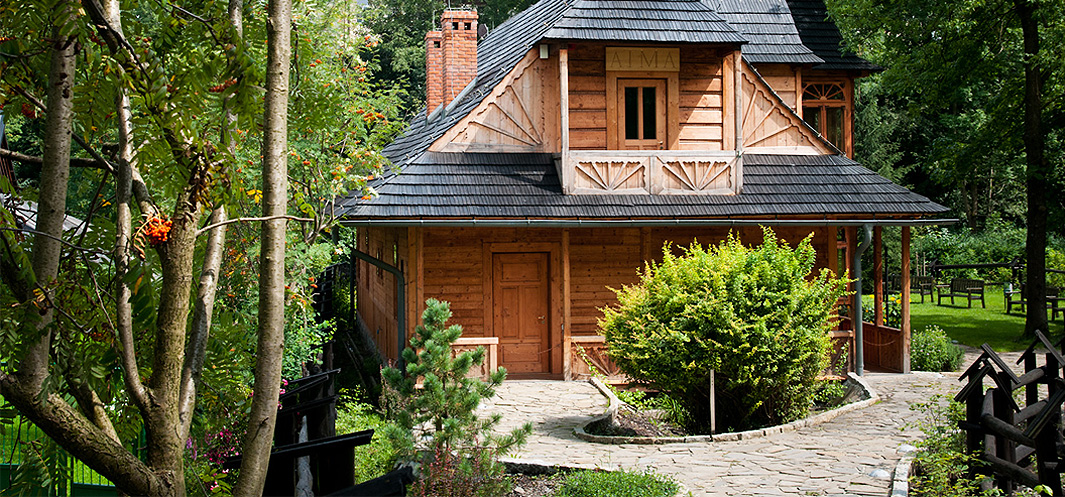The MNK Szymanowski Branch will be closed to visitors on 11 December 2025.
We apologize for any inconvenience.
Tuesday is the day of free entry to permanent exhibitions at the NMK.
The museum is closed on Mondays.
We apologize for any inconvenience.
Tuesday is the day of free entry to permanent exhibitions at the NMK.
The museum is closed on Mondays.
Next door, a former bedroom - transformed into a concert hall - features three portraits of the composer authored by Stanisław Ignacy Witkiewicz as well as Szymanowski's death mask taken in Lausanne by sculptor Lucien Delerse. Here, visitors can also find a table where they can listen to music in private. The grand piano in this room is contemporary and is used by artists during the chamber music concerts held at the venue.
The adjoining room served as a dining room. The set of furniture presented here does not date back to the times of 'Atma's' activity, but is a reference to that period – the 1920 and 1930s. The showcases, adapted from highland-style carved cabinets, display the few memorabilia of the composer that survived the horrors of war and include concert clothes, personal items, distinctions, archives of newspaper cuttings and a list of compositions kept by the composer. The visitors can also admire colourful costume designs for the Paris performance of Harnasie in 1936 authored by Irena Lorentowicz and interesting photographs of the Tatras by Antoni M. Wieczorek. The door on the left leads to a glassed-in porch with a replica of wicker furniture, where the composer had his morning meal when the weather allowed. Here, visitors can sit down, browse through the reproductions of notebooks displayed in the showcase and share their impressions from 'Atma' in the the guest book.
The next room presents the composer's study - its interior was reconstructed on the basis of his studio in the years 1930-1936. It was here that Szymanowski created his last works: Kurpie Songs for voice and piano to folk lyrics, op.58, Violin Concerto No. 2, op. 61, No. 4 Symphonie Concertante for piano and orchestra, op. 60, two fragments from the Litany to the Virgin Mary, op. 59 and the last two mazurkas for piano, op. 62. On the right, the wall features an etching titled Mountain View created by the composer's brother-in-law - Gabriel Kociuba, Szymanowski's portrait drawn by a befriended painter Janina Konarska, an oval photograph of the artist's sister - Stanisława Szymanowska with her daughter Alusia and a photograph of the composer's parents – Anna née Taub and Stanisław Korwin -Szymanowski. The piano, standing in the corner of the room, did not belong to the composer (he never owned one), but Szymanowski used it at the home of his Zakopane doctor, Olgierd Sokołowski. In 'Atma', he worked using a "Petroff" piano, leased from Franciszka Kulpińska. The walls also present Vilnius rugs with Maja Berezowska's works titled Nuns and a portrait of Szymanowski's friend - Julian Strawa.


